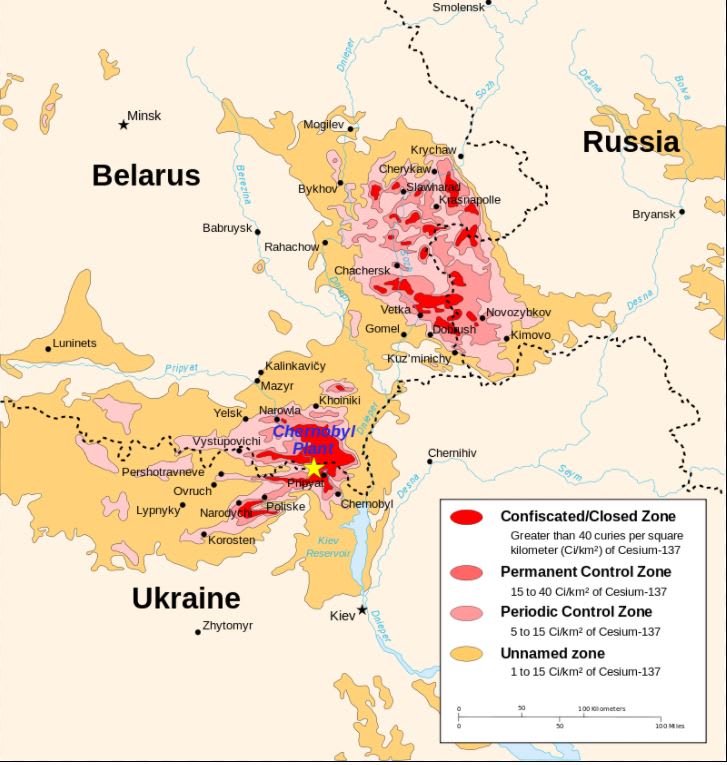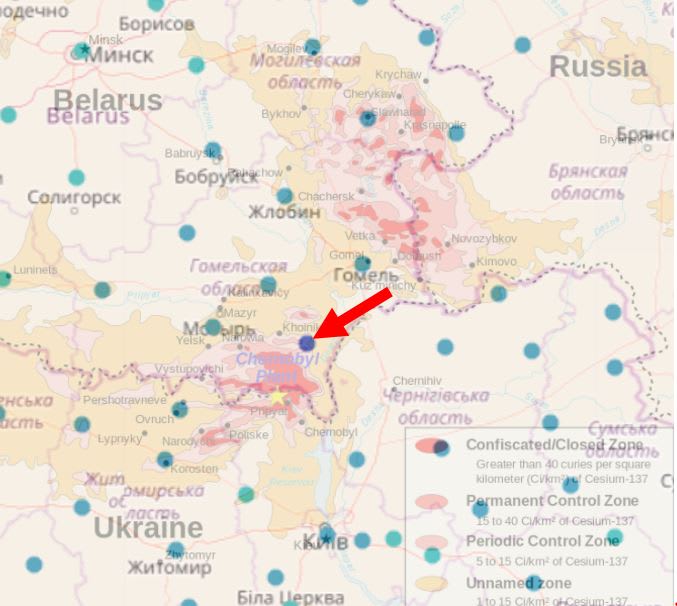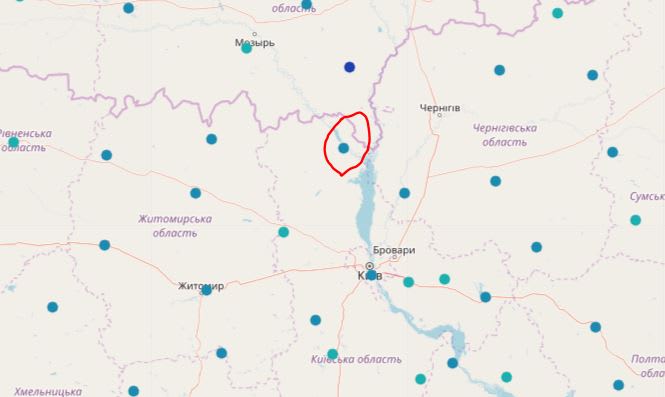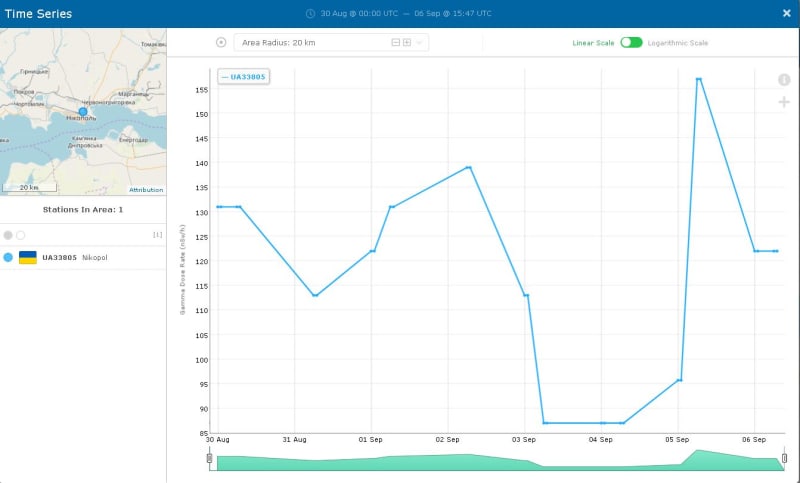Nuclear power plants are not designed to operate in war zones. What can be done to proactively shore up the safety systems of these plants in Ukraine?
Assuming Russia permitted the international community to bring equipment on-site uncontested, is there anything that could be used in a pinch to augment emergency power systems etc? When I got out of the nuclear industry in 2016, there were a lot of projects in the works for this type of “beyond design basis” scenario in response to Fukushima.
Hopefully IAEA is already being proactive about this and working in a contingency plan, but I’m interested in hearing thoughts from our community here.
Assuming Russia permitted the international community to bring equipment on-site uncontested, is there anything that could be used in a pinch to augment emergency power systems etc? When I got out of the nuclear industry in 2016, there were a lot of projects in the works for this type of “beyond design basis” scenario in response to Fukushima.
Hopefully IAEA is already being proactive about this and working in a contingency plan, but I’m interested in hearing thoughts from our community here.



![[bigsmile] [bigsmile] [bigsmile]](/data/assets/smilies/bigsmile.gif) Hi! I hope things are better with you, then some parts of the world.
Hi! I hope things are better with you, then some parts of the world.

